MDM vs. MDM: What’s the Difference Between Mobile Device Management and Modern Device Management?
Ivanti
NOVEMBER 6, 2023
Mobile device management — we’ll call it “mobile MDM” in this post — can be defined this way: Mobile device management is a technology that helps an organization’s IT and security teams to manage and secure their enterprise’s mobile devices, such as smartphones, laptops and tablets, across different locations, formats and operating systems (OS).


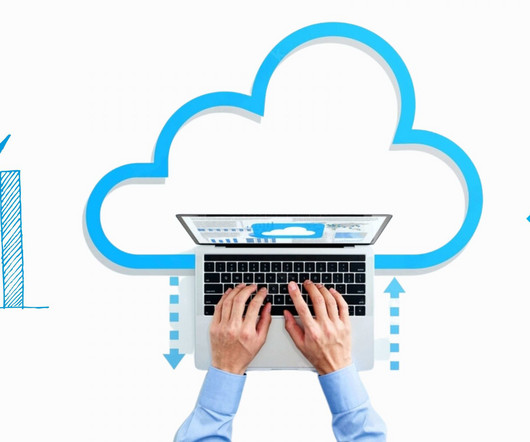
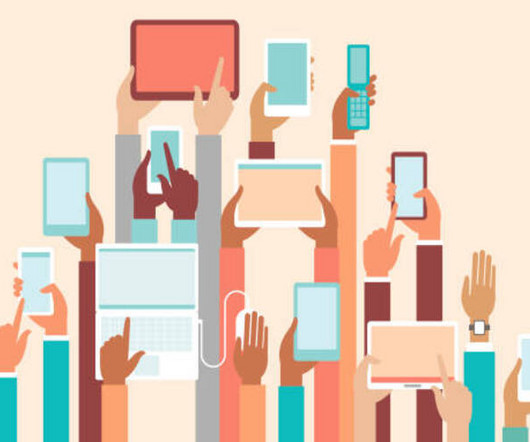
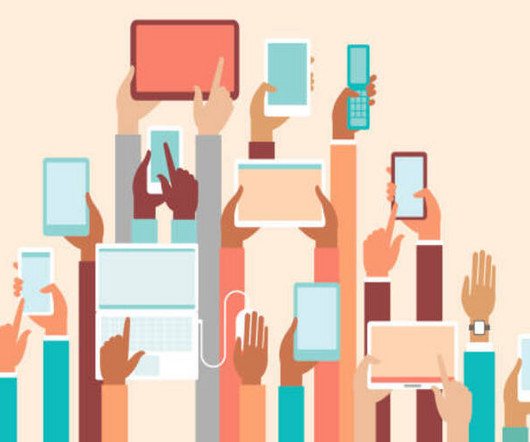
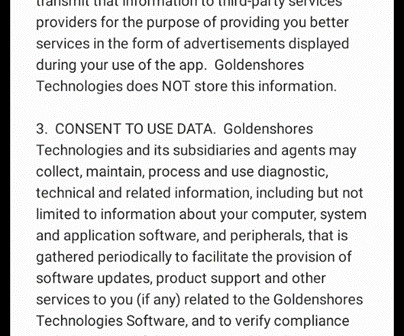

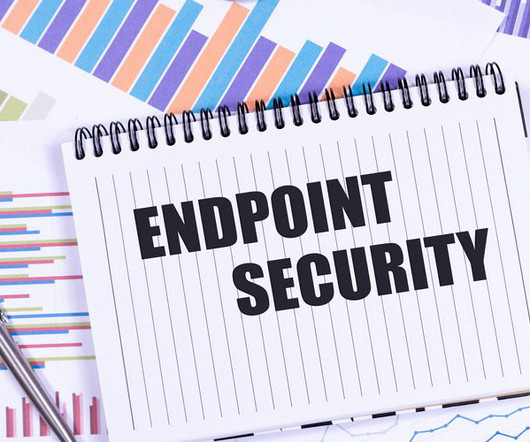

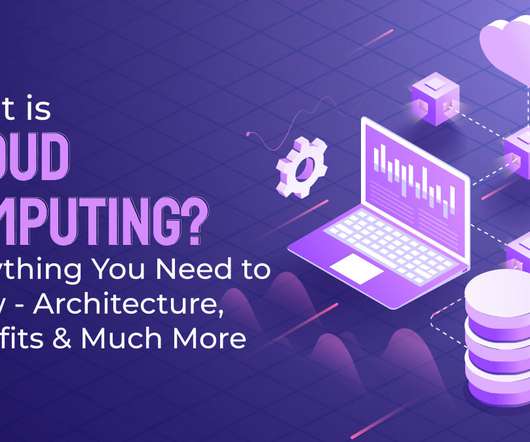

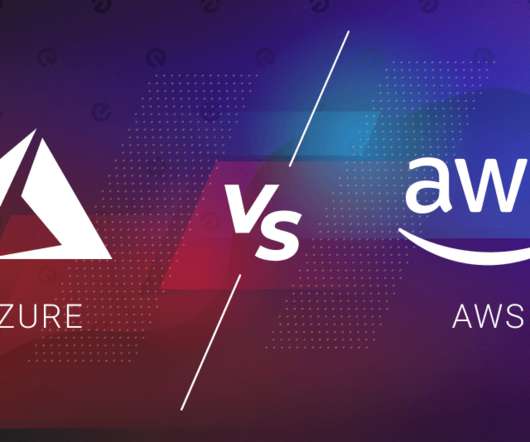
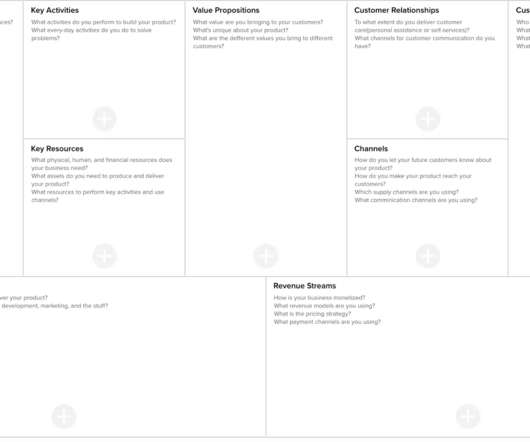









Let's personalize your content